There’s an idea that it’s impossible to socialise an adult dog who is not friendly with other dogs. Fortunately, that’s not true!
The socialisation process can be applied to older dogs, rescues, and dogs who have had negative experiences in the past—and it can be done at any life stage.
In this article, we’re going to explain how to socialise an adult dog step-by-step, so that you can start to change your dog’s behaviour safely. This can be a slow process, but it will help your dog feel more comfortable and confident in their everyday life.
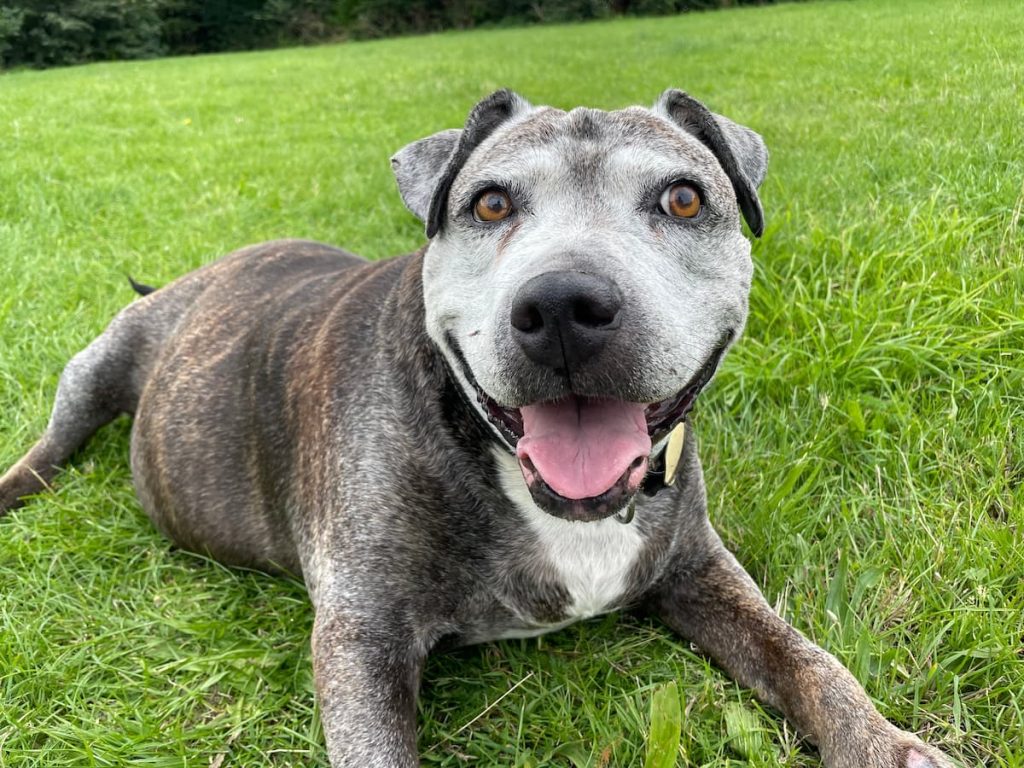 Step one: Think about safety
Step one: Think about safety
The fact is, as you start socialising an adult dog, there are some risks. A fearful or anxious dog can lash out, often because they feel they need to protect themselves or their favourite human. So, safety needs to be a top priority for your dog and anyone they’ll come into contact with.
One way to ensure safety during socialisation is with training equipment. A muzzle, for instance, can be useful as you introduce your dog to environments where they might feel stressed. Not only will a muzzle keep other dogs and humans safe, but it will also give you a better chance of de-escalating if your dog does lose self-control.
Another helpful tool is a training harness, collar, or bandana. These harnesses are typically brightly coloured and say “Do not pet” or “Please stay away” in big letters. We’ve even seen some that say “anxious” or “shy.” And they do a great job of letting people know that your dog shouldn’t be approached. The goal here isn’t to keep your dog far away from people and pets forever! But, it will prevent unexpected encounters so that you can be more intentional in the socialisation process.
One final thing we’ll note about safety measures is that they’re not going to cure your dog’s anti-social behaviour. Instead, these tools can help keep your pup and others safe as you go through the work of socialisation.
Step two: Work on basic training with positive reinforcement
It might seem odd to start the process of socialisation without, well, socialisation! But reinforcing basic training before exposing your dog to others has a few advantages.
One, training builds confidence, both in your pupper and in your relationship. When a dog is unsocialised, they may see the world as a chaotic place. In contrast, training gives them a sense of purpose, accomplishment, and expectation.
What’s more, training allows you and your pup to feel confident in your relationship. After establishing a training relationship, your dog will look to you for guidance and reassurance. And, you’ll feel more comfortable in their ability to follow instructions.
Two, positive reinforcement training allows you to be intentional with treats. Whether you’re giving your dog a treat for following a command or to reward them for staying calm, reward-based training will teach your pup that treats have meaning. This will lay a solid foundation for the next step, exposure therapy, which is all about building positive associations.
And three, training will be necessary as you start exposure therapy. When you start bringing your pup into situations that might be stressful for them, training will be another way to keep them safe. A simple “sit” command, for instance, can interrupt your dog’s fixation on another dog and diffuse tensions.
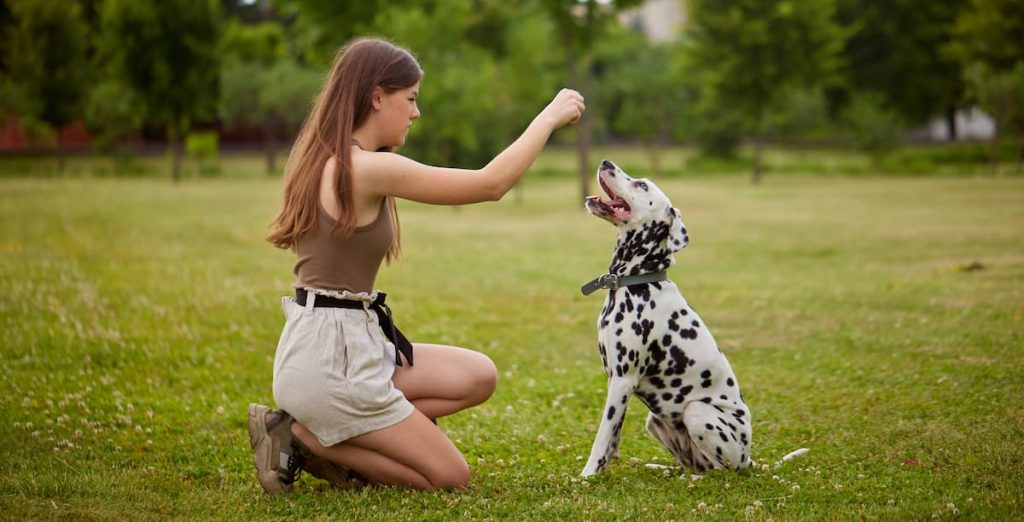 Step three: Begin exposure therapy
Step three: Begin exposure therapy
The first part of exposure therapy is quite simple. You’re going to walk your dog, a lot! The key is to walk your dog in different neighbourhoods so that they have a chance to become comfortable with new experiences.
Make sure that these areas are relatively quiet and that your pup won’t come across unleashed dogs. Always keep your dog on a leash and have a stash of training dog treats accessible so that you can give them a reward for staying calm around other dogs or people.
As we’ve mentioned, this is going to be a slow, deliberate process. You want to walk your dog with a calm demeanour, even talking to your pup to offer them reassurance. When you come across another dog, person, or noise that makes your dog tense, have them stop and sit for a treat. Continue your walk when they are calm.
If your dog can’t calm down, walk away from the situation that triggered them. As soon as they’re calm, give them plenty of praise and a treat.
From there, you might try looping back to the area where they were anxious, again, or try on another day. But the goal is to gently and consistently expose them to the trigger until they can remain calm.
Step four: Set up some playdates
One way to socialise an adult dog is to walk with them in unfamiliar areas, but eventually, you want your pupper to be able to interact with other dogs and humans.
Let’s start with exposure to new people. With the help of a dog-loving friend (or trusty Mad Paws Dog Trainer/Dog Walker/Pet Sitter), you’re going to set up a meet-and-greet with your pup. Again, you want your dog to be on-leash, and if they’re at risk for biting, muzzled. And, arrange the meet-up to take place in a neutral area where your dog is calm and comfortable, such as the sidewalk near your home.
With treats in hand, you’ll have your human helper approach your dog slowly and calmly. You can help set the tone by greeting your friend and giving your pup verbal praise and reassurance.
If your dog’s body language remains relaxed, your friend may be able to approach and offer your dog a treat in their outstretched palm. But, if you notice your dog becoming stressed or agitated, don’t push it. Progress can still be made if your friend is standing a safe distance away and tossing treats to your dog.
Socialising an adult dog with other dogs can follow a similar formula. With the help of a well-socialised dog of the same size as your pup, you can set up meet-and-greets in a neutral area. Both dogs should be on-leash and both Owners should be calm and ready to give treats for good behaviour.
Again, you’ll want to follow your dog’s lead. If your pup is calm, the dogs can approach each other. Should your pupper feel agitated, focus on calming them by having them complete a task for a treat. If your dog is overly upset, have both dogs walk away from each other and try again after they’ve had a chance to cool off.
Eventually, the dogs will be able to make contact. Allow the dogs to sniff each other for a few moments, then walk your pup away while giving them plenty of praise and treats.
These meetings with new people and dogs should be short and frequent. If a friend can come over and repeat this process a few times per week, your dog will start to learn that newcomers are predictable and may even have treats for them!
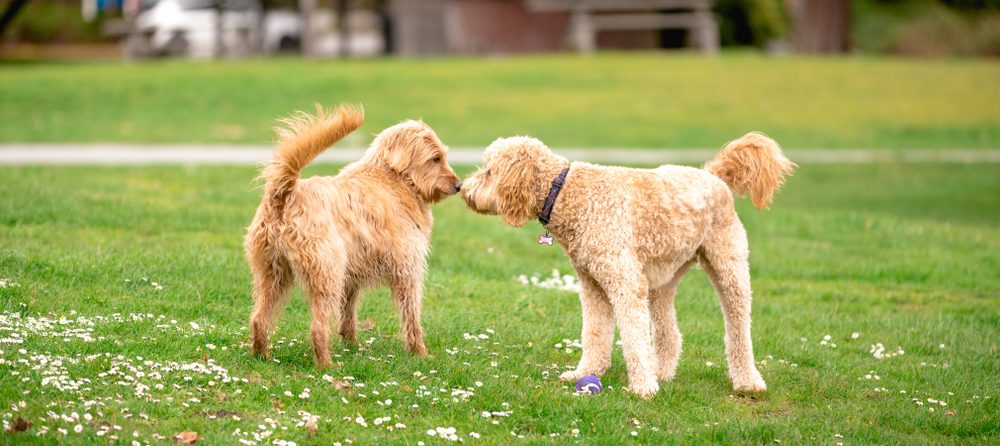 Other ways to help socialise an adult dog
Other ways to help socialise an adult dog
As you can see, the basic idea of socialising an adult dog is simple: you expose your dog to the trigger until they no longer react strongly, and you give them treats for remaining calm. But, there’s no denying that it takes a lot of work! Here are a few final tips that can make the process a bit easier for you and your dog:
- Stay consistent. While the process will take time, it will take significantly less time when you socialise an adult dog consistently. Get your pupper out for walks daily, calling on an experienced Dog Walker if you need some help, and schedule regular meet-ups with trusted friends and mellow dogs.
- Give your dog a brain boost. It takes a lot of mental energy for a dog to restructure their world view! You can help them with a well-balanced dog diet filled with fresh protein and veggies to boost brain power. And, plenty of rest after each session is key to consolidate memories and prep your pup for faster progress.
- Remember that progress isn’t always linear. You might notice that some days your dog is more open to letting their guard down than other days, and that’s okay. Do your best to stay calm and don’t give up hope.
- Don’t be afraid to call in the pros. A professional Dog Trainer can be a huge help when trying to socialise an adult dog.
Learning to socialise an adult dog takes time, but your furry friend will be better for it!
Socialisation is essential for a dog to be confident, comfortable, and happy in their daily life. And while it is easier to socialise a puppy, there’s still hope for dogs who missed that crucial life phase.
The time and effort it takes to socialise an adult dog are absolutely worth it when you see your beloved pooch make new friends!

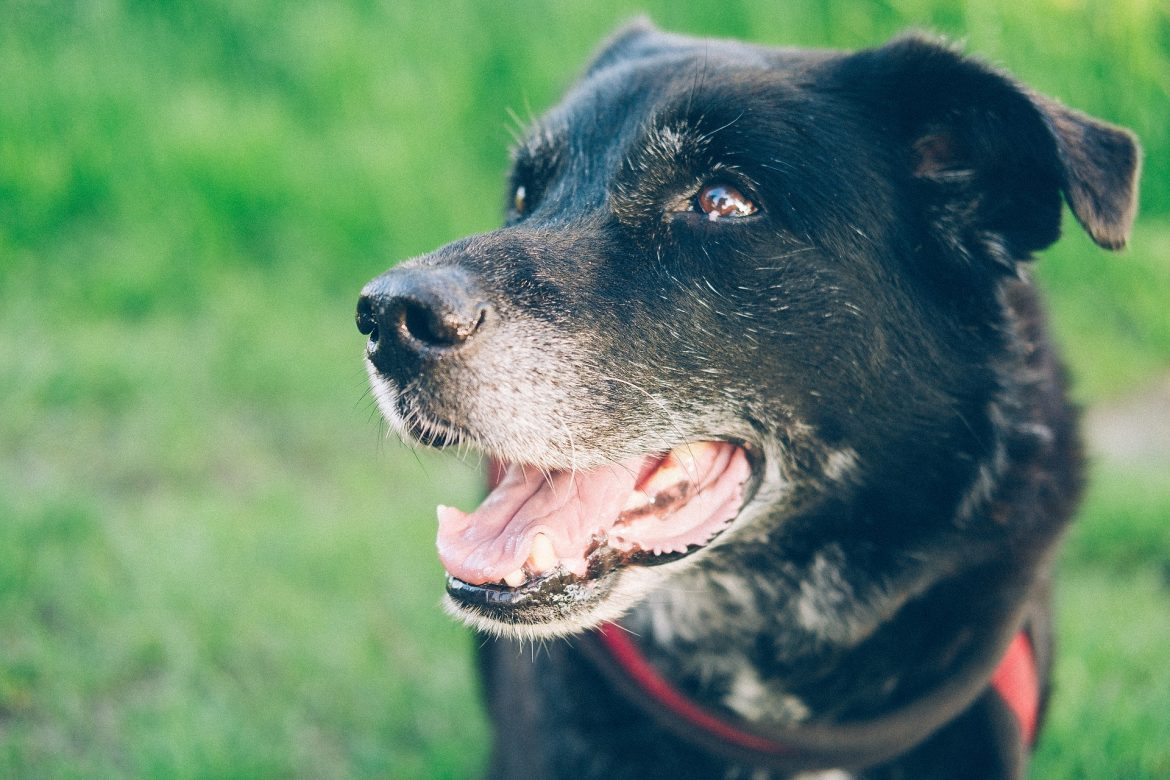
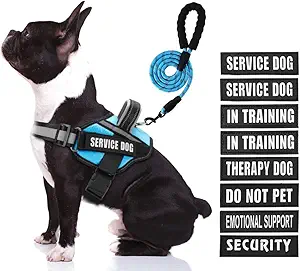
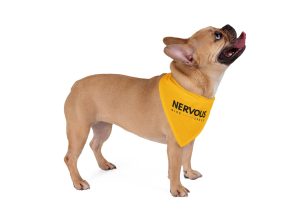
2 comments
My dog had 6 weeks of Puppy training at the Local Vets and got on well with all the other dogs . She is a two year old Border Collie and was very relaxed and friendly with all people and other dogs. We also took her to a an Adult Dog training program where over ten weeks she learnt to sit , come , wait and stay and get down. However when she was over 18 months old she began to growl at other dogs which we came across on our daily walks . Dogs that were not at all aggressive in any way . She raised her self onto her back legs and strained to get near them , barking and growling quite aggressively. About two months before I noticed this change in her behaviour I took her to the Dog park in our town where dogs can run around in a fenced in area unleashed. We were playing fetch with a ball that I brought with us for that purpose. After about twenty minutes of playing , a large dog beat my dog to the ball and proceeded to steal it from us . Bonnie, My dog got angry and attacked the dog seeking to retrieve her ball. Other dogs saw the altercation and came and joined in. I was able to break it up, but I wonder if this experience may have made her insecure and inclined to be overly defensive and aggressive with other dogs we come across. Can you suggest any tactics that I could use to make her more relaxed confident and less inclined to be aggressive with other dogs? She is still very friendly with people, She is a very smart border collie.
Hi Robert, it sounds like Bonnie is a smart, well-trained dog whose experience at the dog park most likely has contributed to her behaviour change. Border Collies are highly sensitive and intelligent, so events like the one you described can sometimes lead to fear-based reactivity.
Here’s how to help her feel more relaxed and confident around other dogs:
1. Identify triggers: Note if her reactivity happens with specific dogs or in particular situations, so you can tailor your approach.
2. Desensitisation and counter-conditioning: Gradually expose Bonnie to other dogs at a distance where she doesn’t react, rewarding her for staying calm. Slowly decrease the distance over time.
3. Teach focus behaviours: Use cues like “sit” or “look at me” when dogs approach and reward her for focusing on you instead of the other dog.
And, aim to stay calm and patient throughout this process. Dogs pick up on their owner’s emotions, so staying calm will help Bonnie feel secure. Be consistent, and celebrate small progress.
With time and training, Bonnie can regain her confidence and enjoy positive experiences with other dogs again.
Where you feel some additional support could help, we suggest searching our Dog Trainers to provide professional advice: https://www.madpaws.com.au/pet-sitters/dog-puppy-trainer